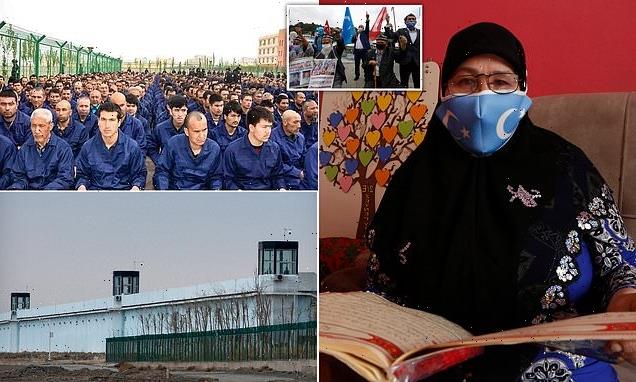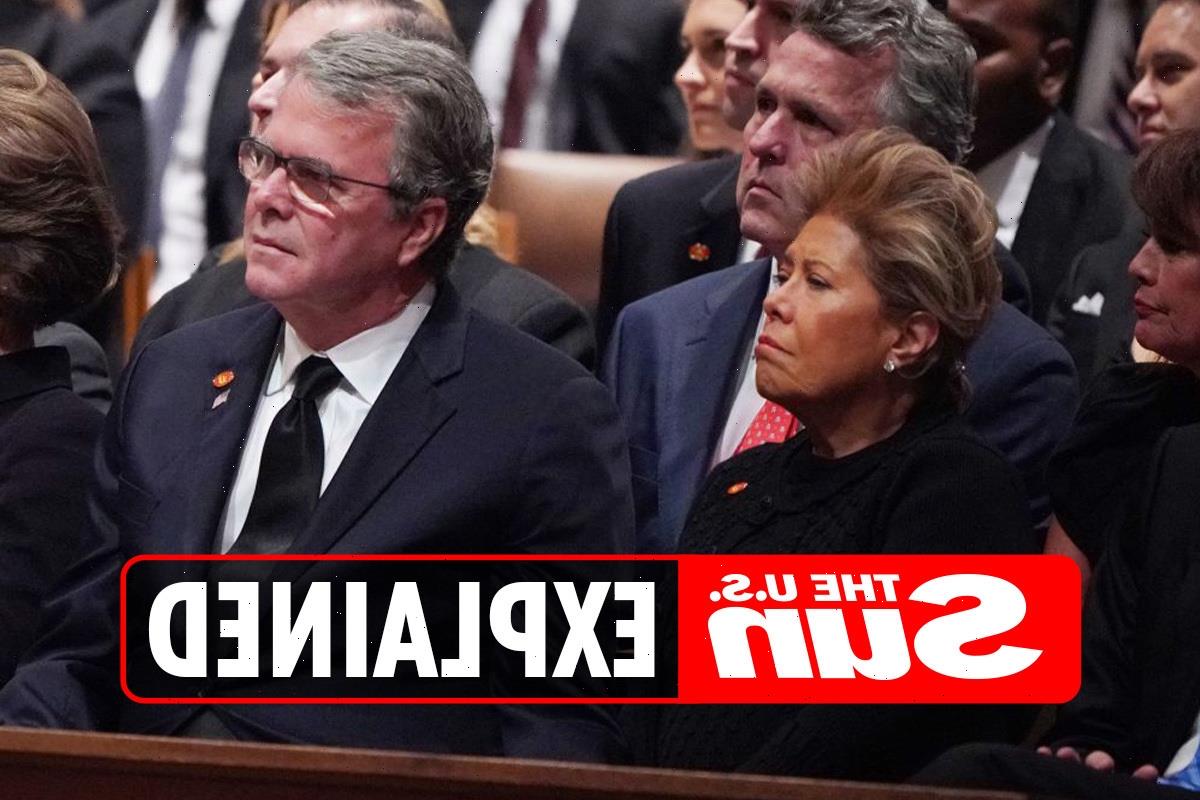Starting on June 4, guests at Disney California Adventure in Anaheim, Calif., will get to step foot onto the Avengers Campus, a new six-acre attraction that brings the world of the Marvel Cinematic Universe to vivid life. You can watch Spider-Man leap 60 feet into the air, train with Wakanda’s Dora Milaje, or witness Doctor Strange summon spells. You can visit one of two shawarma stands and wolf down a wrap like Thor did at the end of “The Avengers,” or visit the Pym Test Kitchen for an outsized chicken sandwich on a curiously tiny bun.
For Disney, opening the Avengers Campus is a little like finally getting to place the Theme Park Stone inside the Infinity Gauntlet that is Marvel Entertainment. To belabor this metaphor further, while the powerful Movies, Streaming, Merchandising, Licensing and Video Games stones have been conjuring profits for Disney for over a decade, it’s only now that the full earnings potential of the 60-year-old comic book publisher has been brought to bear.
At least, that is the hope. The Avengers Campus is making its official debut just weeks after the larger Disneyland resort was allowed to open at all, following a 13-month closure due to the pandemic. The prospect of getting to stand inside the MCU and rub elbows with your favorite superheroes is exactly the kind of brand new draw the park needs to entice guests to return. In 2019, though, the even larger “Star Wars”-themed Galaxy’s Edge land debuted at Disneyland and Disney World to less-than-astronomic attendance, suggesting that rabid audience enthusiasm for global feature film franchises might not wholly translate to a theme park experience.
There is also a tricker, more abstract question lingering over the Avengers Campus: How can this fixed-in-time theme park work inside the ever-changing MCU? Put another way: As you pass by the life-size Quinjet parked on the roof of the Avengers building, you’re likely to catch Black Widow, Steve Rogers’ Captain America or Iron Man posing for selfies with fans — but in the present tense of the MCU, all three of those characters are dead.
This dilemma was clear even in the remarks by Marvel Studios chief Kevin Feige at this week’s splashy grand opening for the Avengers Campus.
“For our films, for our shows, we build these elaborate sets — but they’re temporary, and they only exist on screen,” Feige said. “But here in a Disney theme park, our sets can be permanent.”

In practically the same breath, Feige shifted gears entirely. “One of the things that is most exciting to me is that Avengers Campus will never be completed,” he said. “It’s a living, breathing space that will grow and evolve as our cinematic universe grows and evolves — with new props and new characters assembling here at Avengers HQ.”
Those brand new props and characters, of course, will still be standing underneath the shadow of a towering “Guardians of the Galaxy” ride that opened in 2017 and revolves around a character, Taneleer Tivan, who was seemingly killed off in 2018’s “Avengers: Infinity War.” Tom Holland’s Peter Parker shows up in the Spidey-centric “Web Slingers” ride, which uses cutting-edge infrared cameras to allow guests to physically throw webs in a 3D interactive game. But Sony Pictures still owns the film rights to the character, so all the Spidey costumes and logos are unique just to the Avengers Campus. And while both Black Panther and the Dora Milaje will have a presence in the park, Wakanda doesn’t; instead, the “Ancient Sanctum” area evokes the production design from 2016’s “Doctor Strange.”
The enduring appeal of Disney’s theme parks has been how much it evokes a cozy feeling of timelessness, of stepping into lands that seem to be rooted an ageless state of constant wonder. Galaxy’s Edge can take full advantage of that sensibility because, for one, “Star Wars” is set “a long, long time ago,” and, for another, the world is explicitly fixed in a specific period of time — between “The Last Jedi” and “The Rise of Skywalker.”
The MCU, however, is largely meant to be taking place in a perpetual state of now, and part of its wild success has been how much the movies have grown and evolved. “Thor: Ragnarok” is radically different from “Thor: The Dark World.” Steve Rogers is gone, and a Black man, Sam Wilson, is now Captain America. (Indeed, actors playing the Rogers and Wilson versions of Cap will be appearing at the Avengers Campus.) This year alone, upcoming Disney Plus series and theatrical features like “Loki,” “Shang-Chi and the Legend of the Ten Rings,” “Ms. Marvel” and “Eternals” promise to introduce new and brilliantly inventive locations to the MCU — none of which will be able to be recreated within the painstakingly detailed brick-and-mortar facilities at the Avengers Campus. After 2021, at least 17 more Marvel Studios titles are in the works.
Perhaps one day, Disney’s Imagineers will be able to conjure similar abilities to the Scarlet Witch, who can altering the very fabric of reality at will.
optional screen reader
Read More About:
Source: Read Full Article

